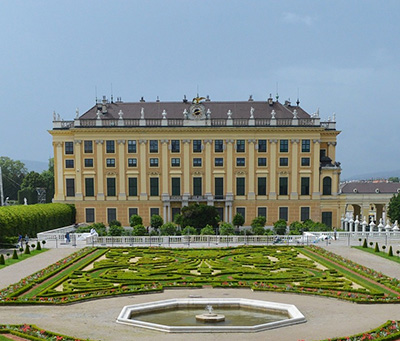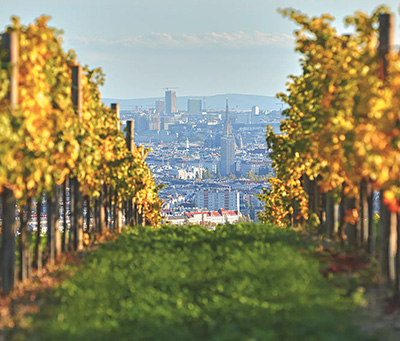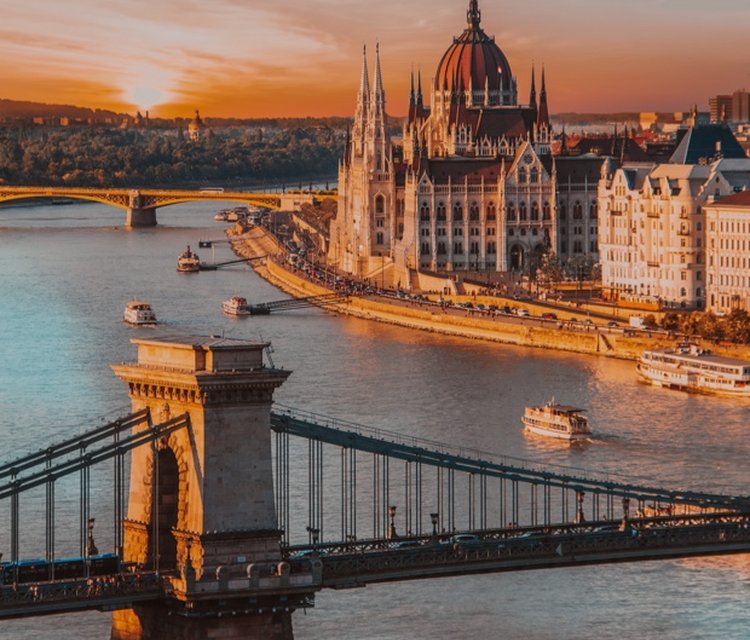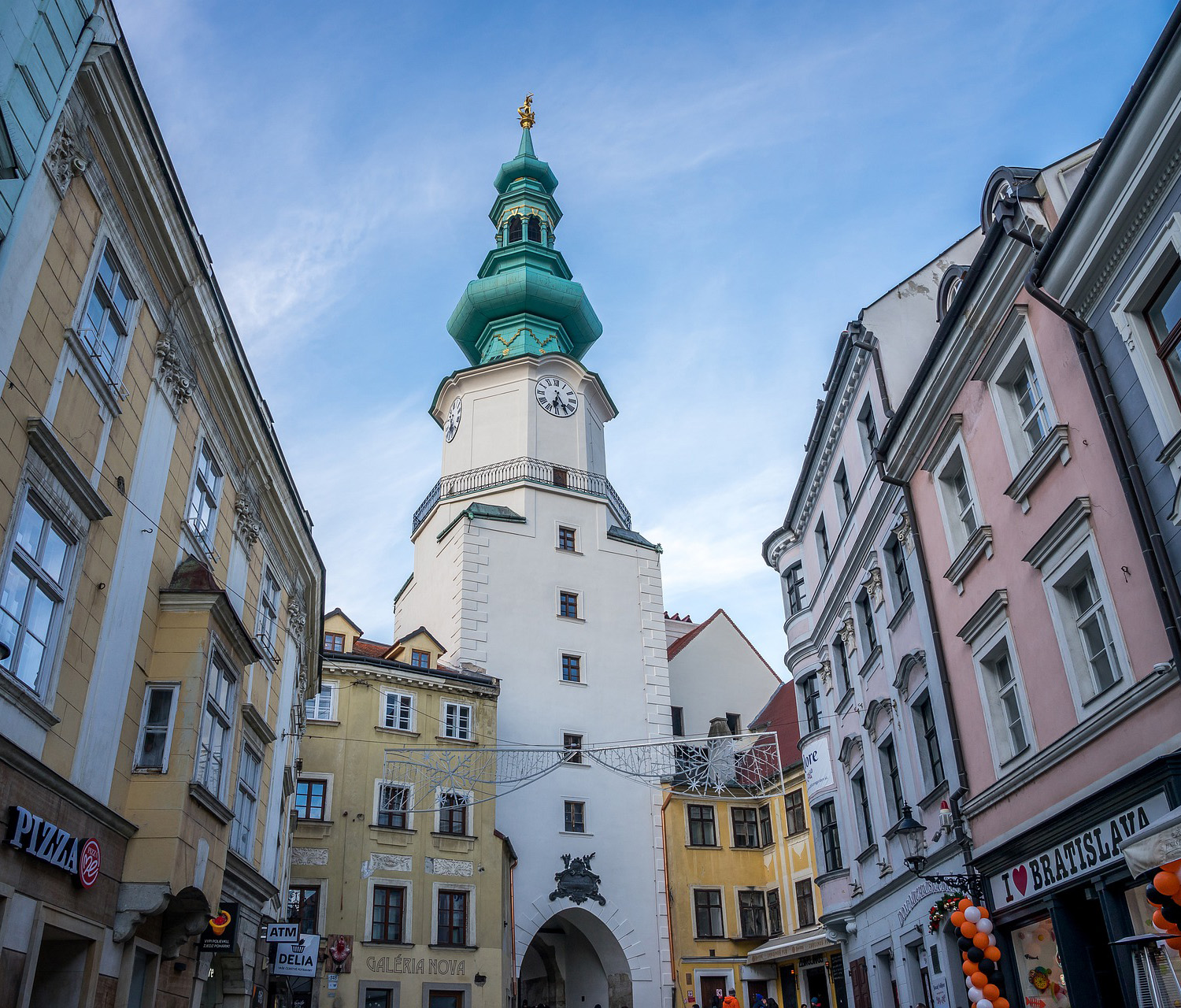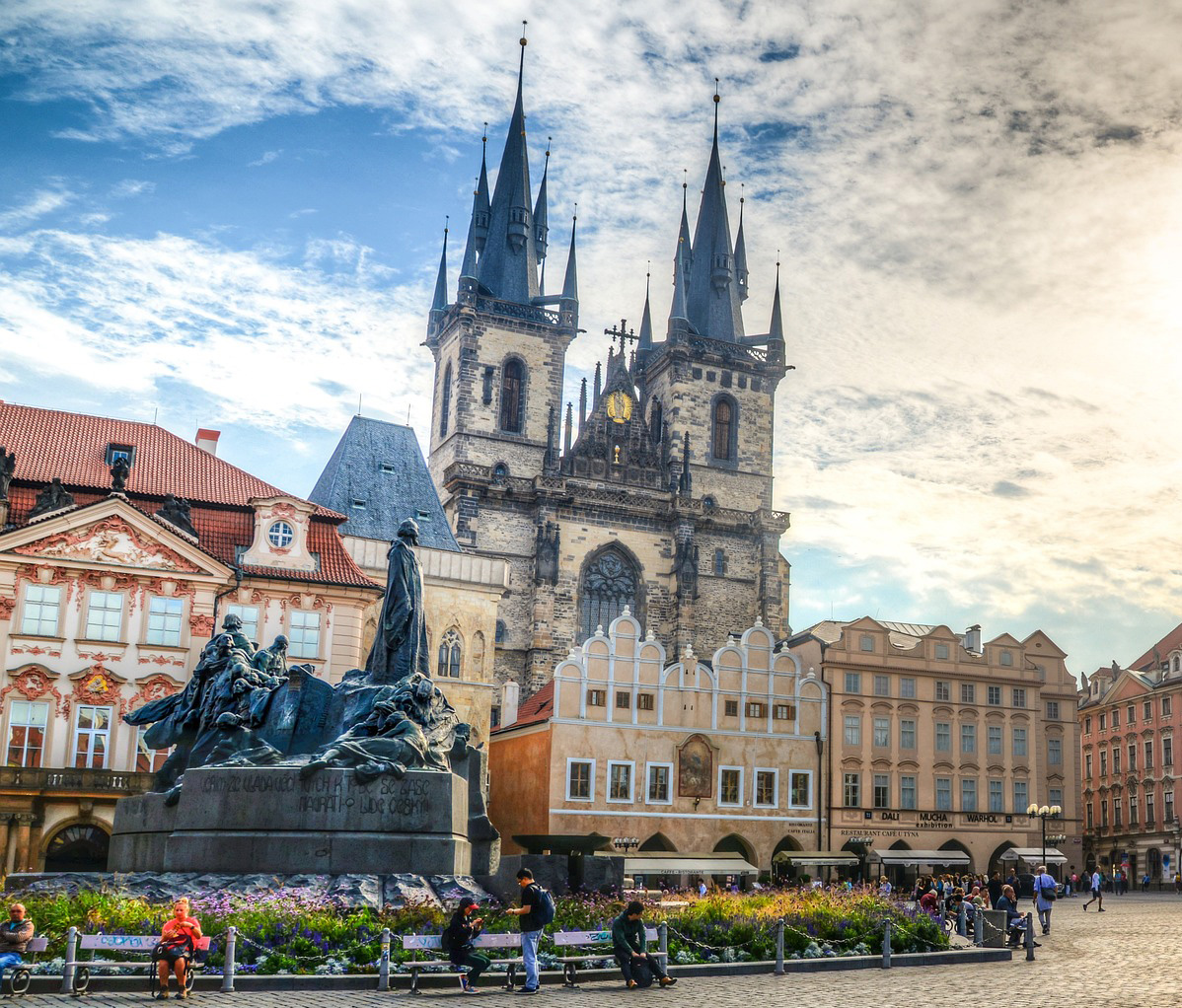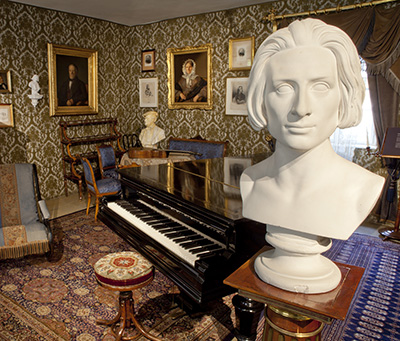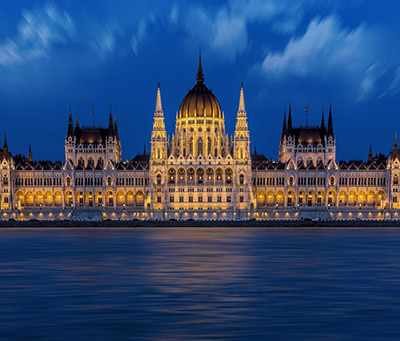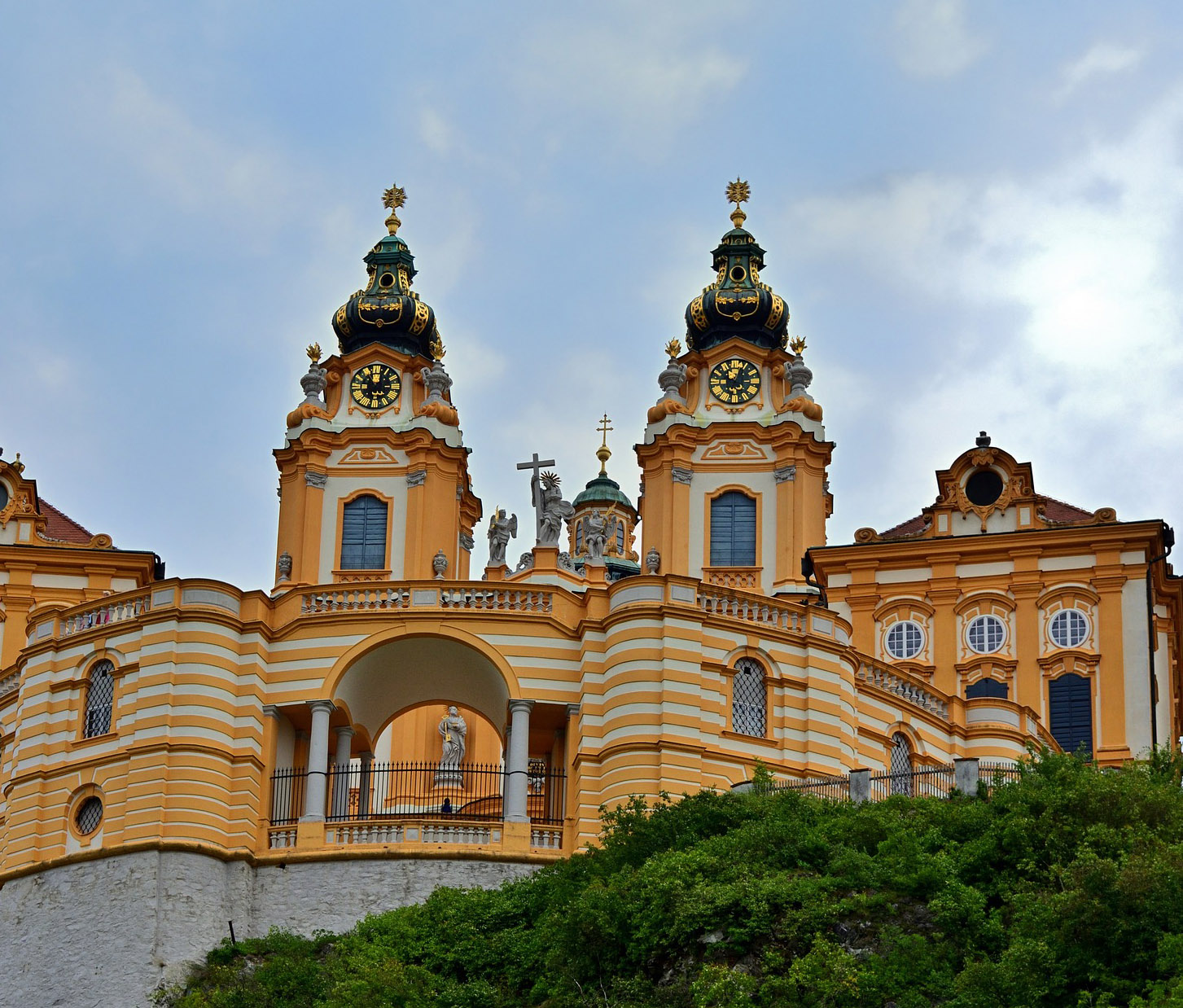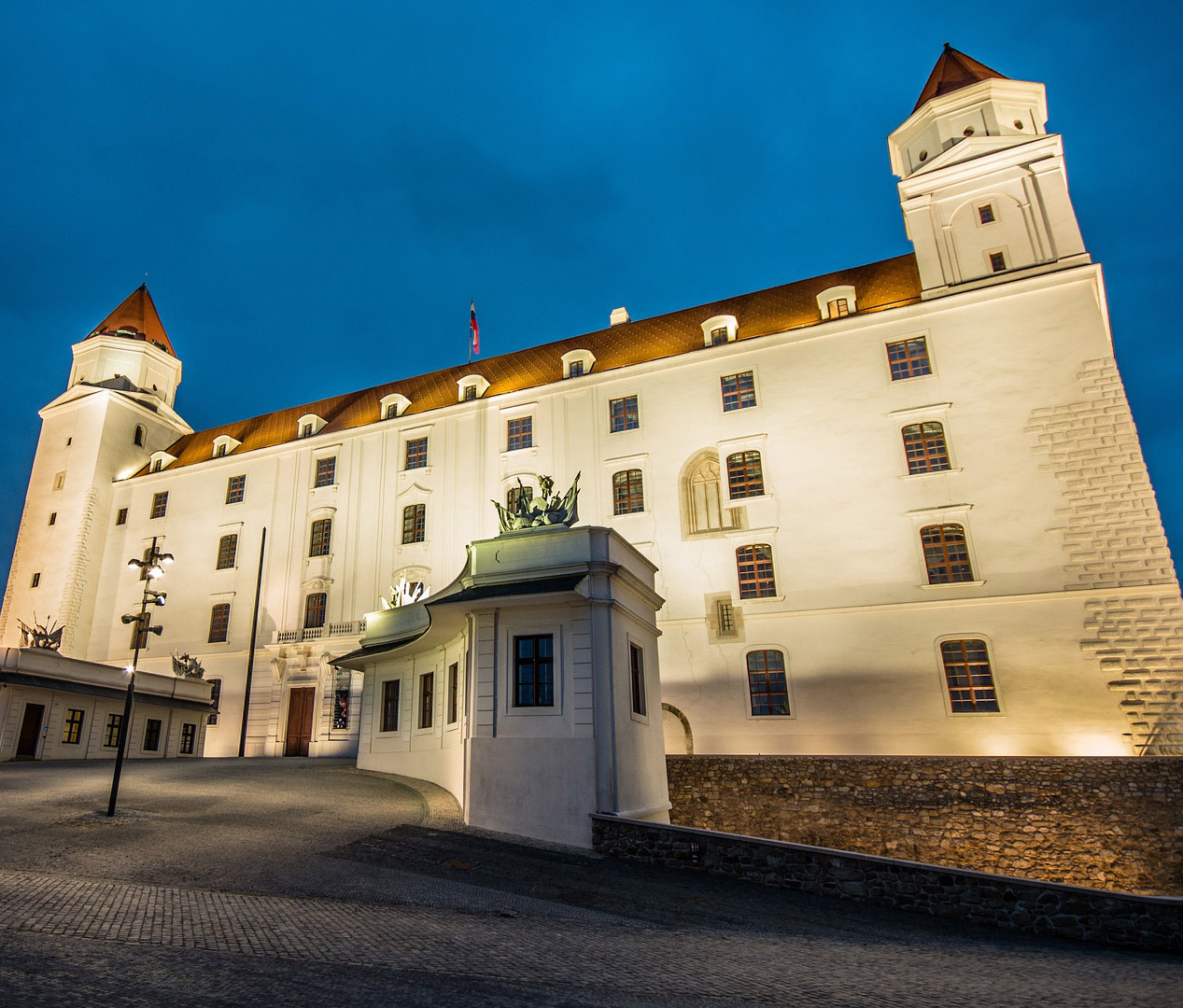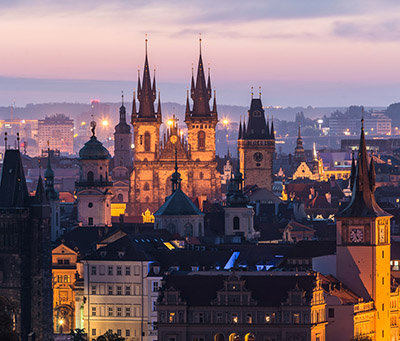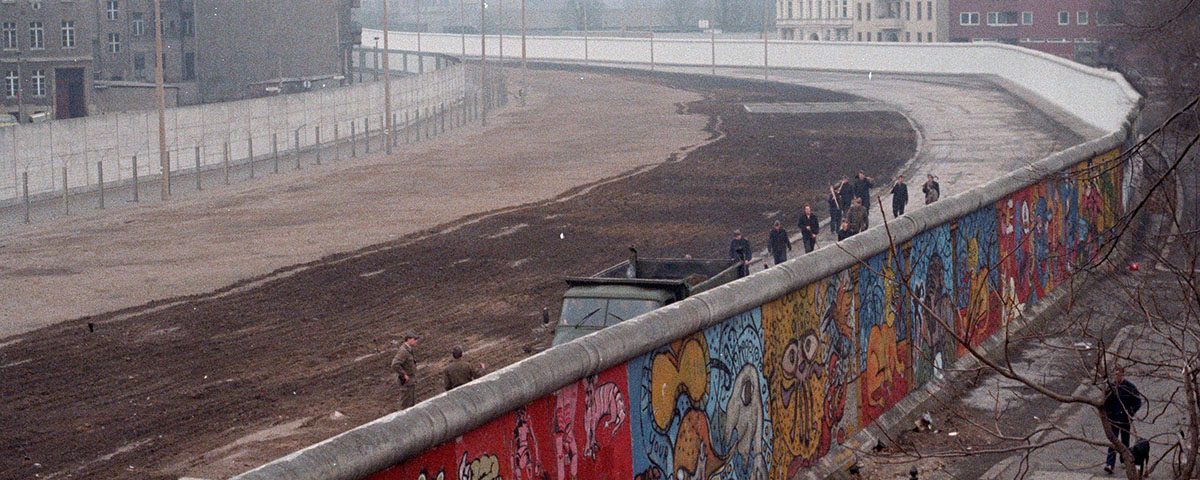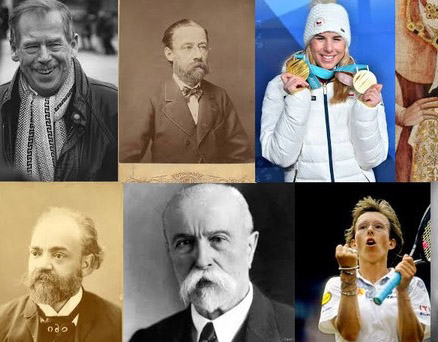- ABOUT US
- TOURS
- Vienna City Tour
- Wine tour of Vienna
- Tour of Danube Valley
- Salzburg Day Tour
- Budapest Day Tour
- Bratislava Day Tour
- Prague Private Tour
- Budapest Jewish Heritage Tour
- Visit Sopron the Hungarian bordertown
- Borderless wine tour in Austria and Hungary
- Ironcurtain tour in Hungary
- Esterhazy heritage tour in Austria and Hungary
- Haydyn and Liszt heritage tour in Austria and Hungary
- Birdwatch in Hungary
- Wine tour at Lake Neusidler
- DESTINATIONS
- GUIDES
- CONCIERGE
- TRANSFERS
- INSIDER BLOG
- USEFUL PAGES
On 19th August 1989, Hungarians and Austrians gathered at their border to share a "pan-European picnic" in solidarity with one another. The event marked the beginning of the end of the Iron Curtain. East Germans joined the event and rushed across the border into Austria and then into West Germany. Hungarian border guards did not shoot, and thousands more made the crossing in the following weeks. Three months later, the Berlin Wall fell, and Europe's unification and the end of communism were irreversible. Thirty years later, German Chancellor Angela Merkel travelled to Sopron, a Hungarian town near the border, to commemorate the event alongside Hungarian Prime Minister Viktor Orbán. The event was marked with an open-air exhibition at the Austrian-Hungarian border featuring photos from the picnic. Orbán has been vocal about his position on modern-day walls and immigration, constructing a fence along Hungary's southern border with Serbia in 2015 to keep refugees and migrants from Africa and the Middle East out of Europe. However, Hungarians who organised the picnic three decades ago insist that comparing the two border walls is misguided and offensive. For a whole generation of Hungarians, the events of August 1989 remain a defining memory on the path to liberation.
In those weeks, so many East Germans left the communist bloc that they even left their cars behind. The iconic East German Trabants, which had only 26 horsepower and a plastic body, could be found in dozens near the Sopron border crossings and in the forests. The locals were happy to see them and developed a system for fairly distributing the cars among themselves. They numbered them and the new owner was determined by a lottery. One such car, however, remained in the forest and can still be found just two miles from the Austrian border, on the Hungarian side.
Today, visitors to Sopron can see the original border fence and the spot where the border guards allowed people to cross during the Pan-European Picnic. There is also a monument commemorating the event, and you can take a guided tous of the area to learn more about this historic event and its significance. It is only half an hour drive from Vienna and you’ll find yourself in a trip of near past history.
PB.

